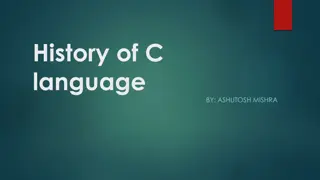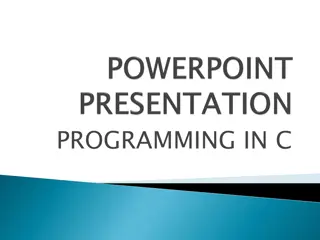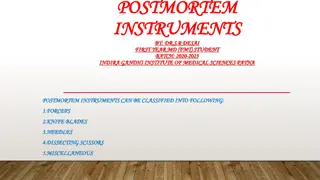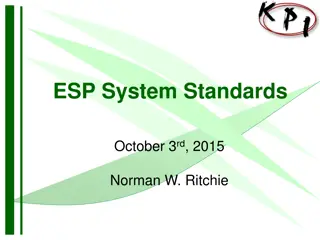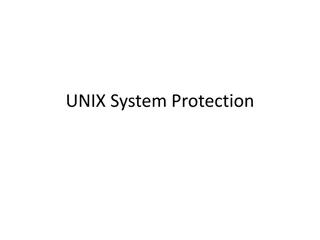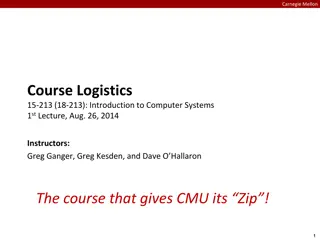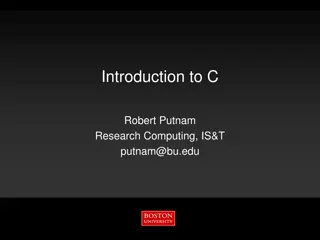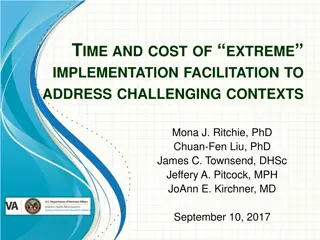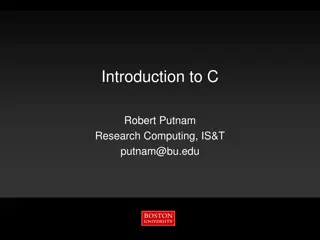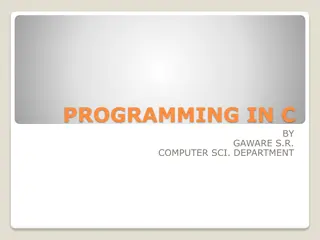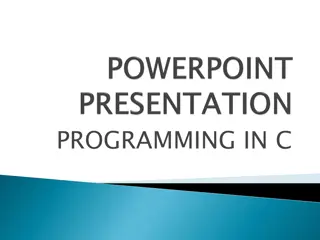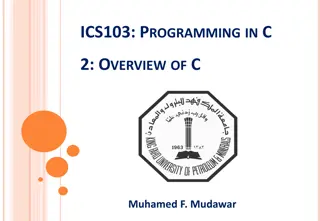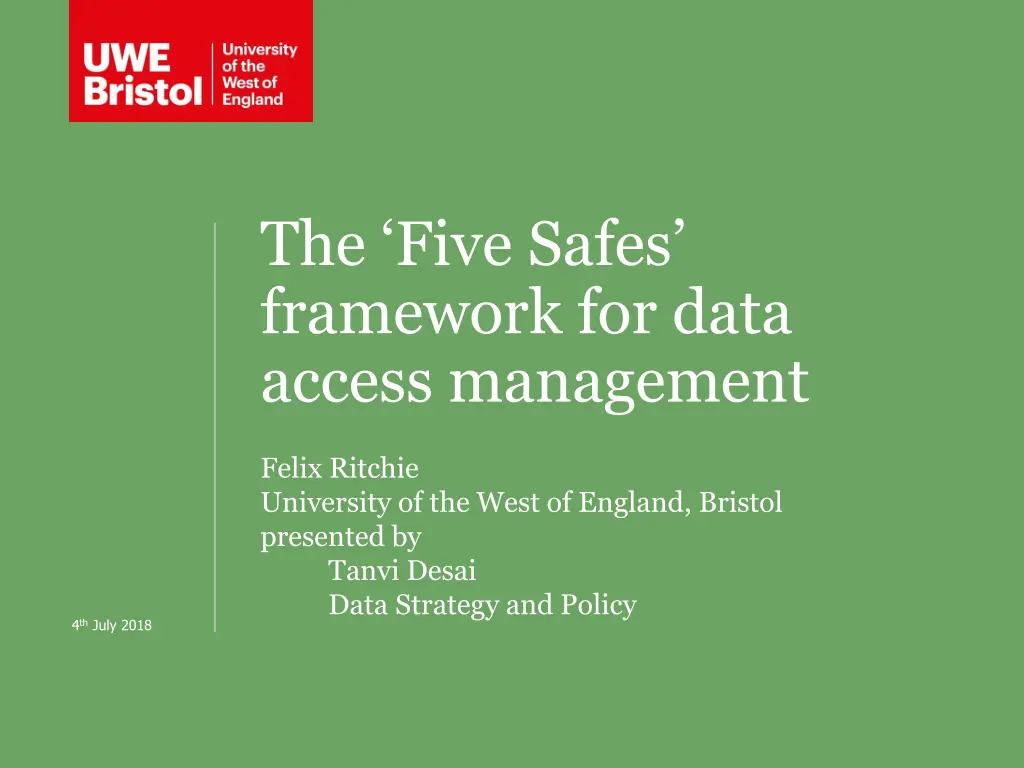
Understanding the Five Safes Framework for Data Access Management
Explore the Five Safes framework, a structured decision-making approach for managing data access effectively. Learn about the five components of the framework, the importance of balancing factors, and its alignment with modern legislation. Discover how it complements existing standards and supports ethical decision-making in data usage.
Download Presentation

Please find below an Image/Link to download the presentation.
The content on the website is provided AS IS for your information and personal use only. It may not be sold, licensed, or shared on other websites without obtaining consent from the author. If you encounter any issues during the download, it is possible that the publisher has removed the file from their server.
You are allowed to download the files provided on this website for personal or commercial use, subject to the condition that they are used lawfully. All files are the property of their respective owners.
The content on the website is provided AS IS for your information and personal use only. It may not be sold, licensed, or shared on other websites without obtaining consent from the author.
E N D
Presentation Transcript
The Five Safes framework for data access management Felix Ritchie University of the West of England, Bristol presented by Tanvi Desai Data Strategy and Policy 4thJuly 2018
What is the most important factor in data access? Overlapping problems: anonymisation IT allowed use users publication model Five Safes : framework for structuring decision-making
Five safes approach The Five Safes Five components: o Is this an appropriate use of the data? safe projects safe people o How trustworthy are the researchers? safe settings o Does the environment prevent misuse? o Is the data detail appropriate? safe data o Is there any confidentiality risk from publication? safe outputs Consider jointly and severally = safe use
Scales, not targets Balance is the key: Similarities to multiple-criteria decision analysis
Just another management fashion? Don t we already have standards? Yes! Five Safes is a framework to support effective decision making around choice and implementation of existing standards
Just another management fashion? Existing standards/best practice The Five Safes Ethical committees safe projects Best practice training safe people InfoSec, ISO27001 safe settings Extensive literature safe data Minimal literature safe outputs Making effective decisions using those standards
Five safes and modern law Consistent with developments in legislation o Simple it s your fault models becoming indefensible Older legislation: data-centred o Anonymised vs identifiable o Little about confidentiality management Modern legislation (GDPR, DEA): user-centred o Confidentiality through combinations of tech, procedure and detail reduction DEA explicitly based around five safes o Accreditation of processes much more important
Types of use Description and evaluation o Statistical authorities, data archives, HMRC, Cancer Research UK, Health Foundation, NIST, Scottish Health Informatics Project, American Academy of Sciences, RCUK, OECD, Eurostat Design o ADRN, Australian Bureau of Social Services, Greek Statistical Authority, Nepalese Injury Research Centre Training o DEA-accredited Safe Researcher Training, university governance, big data ethics
Summary Around for 15 years Well established, esp in UK, Australia, NZ Part of a suite of evidence-based data access work Framework for making decisions, not the decisions o attitudes o assessment of benefits o ethics, culture etc next set of presentations: Settings/ skills Use example
Felix.Ritchie@uwe.ac.uk Hello@tanvidesai.co.uk Thank you





